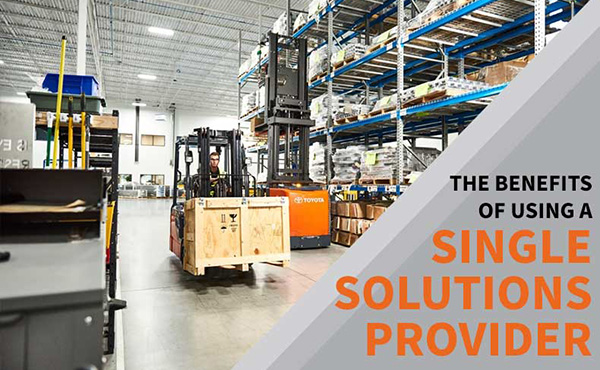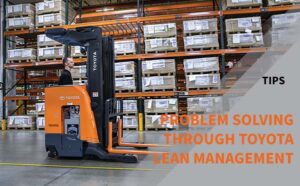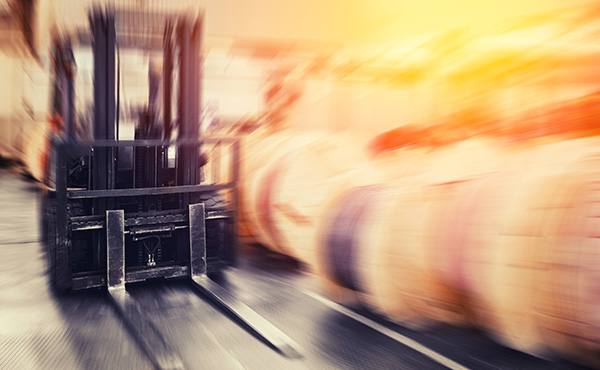(Originally posted July 06, 2017)
Pallet racking consists of a set of upright frames connected in various ways by horizontal beams to provide storage for palletized or non-palletized product depending on the rack configuration and beam supports used.
In addition to Drive-In/Drive-Thru and Selective Racking, you may instead need a Pallet Flow, Pushback, or Cantilever racking system.
Pallet Flow Racking
Pallet flow systems consist of a rail or conveyor system installed in a pallet rack that can be 20 or more pallets deep. There are many versions of the flow mechanism, but the basic premise is to feed pallets in one end and pick them up on the other.
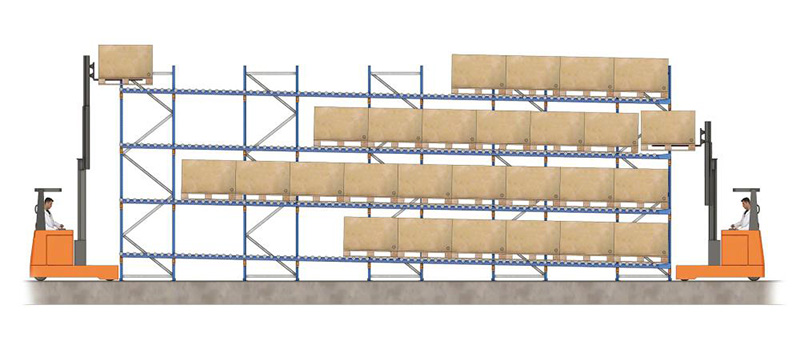
Typically some sort of speed restrictor is installed in deeper systems to prevent impact damage.
These systems provide the density and FIFO (first in, first out) storage possible with drive-thru without the requirements to drive into the rack system. It is used when:
- SKU count is low
- FIFO is desired
- Square footage is tight
It is significantly more costly than single deep or drive-thru racking and requires use of quality pallets to prevent product from hanging up in deep locations.
Pushback Pallet Racking
Pushback pallet racking consists of carts installed into pallet racks. The carts are stacked and allow for storage of up to six pallets deep, although they most typically are no more than four pallets deep.
The product is placed on a cart and then pushed back when the next pallet is placed in front of it. This is done until the final cart is pushed back and the last pallet is stored onto the rack beam.
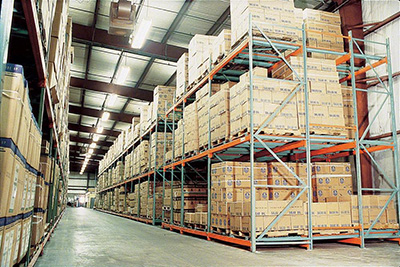
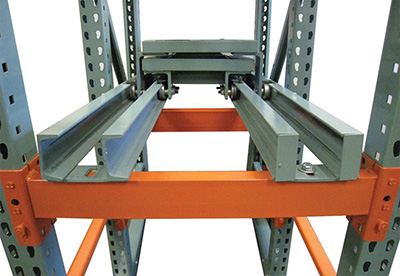
When a pallet is removed, the successive pallets move forward because the carts are installed on a slight decline toward the front beam.
This system provides high storage density and is used when deep storage is desired near a wall or for medium turnover products with multiple pallets per SKU.
This storage system is also used when LIFO is an acceptable means to rotate inventory. Pushback racking is typically the most costly type of manual pallet storage.
Cantilever Pallet Racking
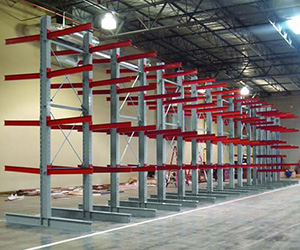
Cantilever racking is a very specific type of racking used extensively in the furniture and lumber industry for long products that are better supported by arms instead of beam levels.
These types of racks must be designed specifically for the products they support and may require special considerations based on product size, weight, and rigidity.
Though these are more costly pallet racking options, they can help to maximize space and fit your specific needs. For more questions about which racking would be best for your warehouse, call us at (253) 872-7114 or visit the warehouse section of our website.
